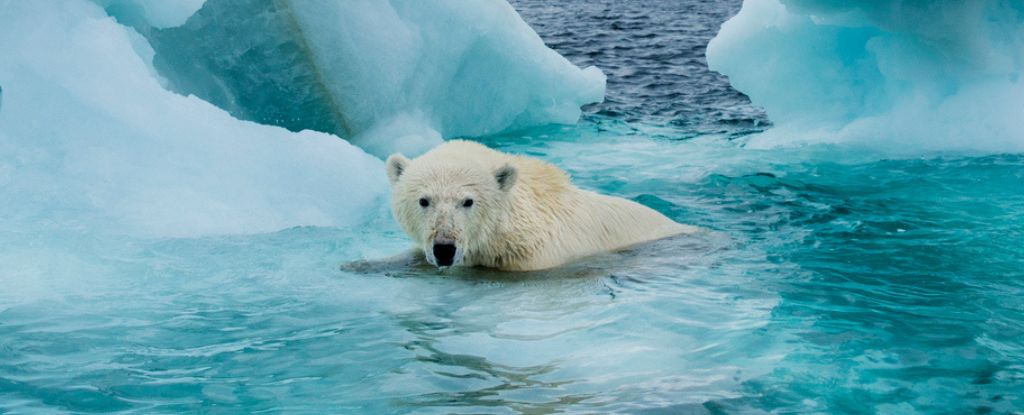Products You May Like
A lone polar bear, marooned on a shrinking slab of sea ice, has become a heart-wrenching poster child for the effects of climate change in the Arctic.
New climate models from an international team of researchers predict that in as few as 10 years, that iconic creature could have nowhere left to stand in the warmest summer months.
That’s decades before previous climate models predicted. The sixth report from the Intergovernmental Panel on Climate Change (IPCC), released in 2021, estimated a loss of Arctic sea ice by the midcentury at the earliest and possibly as late as 2100.
Scientists criticized those projections as too conservative.
Emerging evidence supports those criticisms and suggests past predictions, like those from the IPCC, really did underestimate the urgency of the Arctic’s situation.
In 2020, for instance, another climate model also predicted summer sea ice could disappear in the icy north as soon as 2035.
The newest model is yet another dire update. It’s based on observational data of sea ice collected between 1979 and 2019. It clearly shows significant melting events throughout the year that are well beyond natural variability and far more pronounced in the summer months.
When researchers in Germany, South Korea, and Canada projected these patterns into the future, they found sea ice disappearing in the Arctic summers starting in the 2030s, and this was apparent no matter how many fossil fuels were burned.
For a lower emissions scenario, the models predicted ice-free moments that were shorter and confined to the end of summer. In a high emissions scenario, on the other hand, the Arctic was estimated to be free of sea ice from August to September.
“These results emphasize the profound impacts of greenhouse gas emissions on the Arctic and demonstrate the importance of planning for and adapting to a seasonally ice-free Arctic in the near future,” researchers write.
It’s not like we didn’t see this future coming; it’s just arriving much sooner than expected.
In the past 30 years alone, 95 percent of the Arctic’s oldest and thickest sea ice has melted away, and more than 70 percent of current coverage is now considered ‘seasonal’, meaning it doesn’t last through the summer.
If those last remaining platforms melt away, the consequences will be dire for more animals than polar bears and regions than just the Arctic.
Sea ice coverage in the northern hemisphere plays a crucial role in the global climate because it reflects sunlight. Its loss could impact ocean temperatures and currents globally.
For decades, scientists have watched with trepidation as the Arctic warms at twice the rate of the rest of the world. Their worst fears for the region could be just around the corner.
The study was published in Nature Communications.
